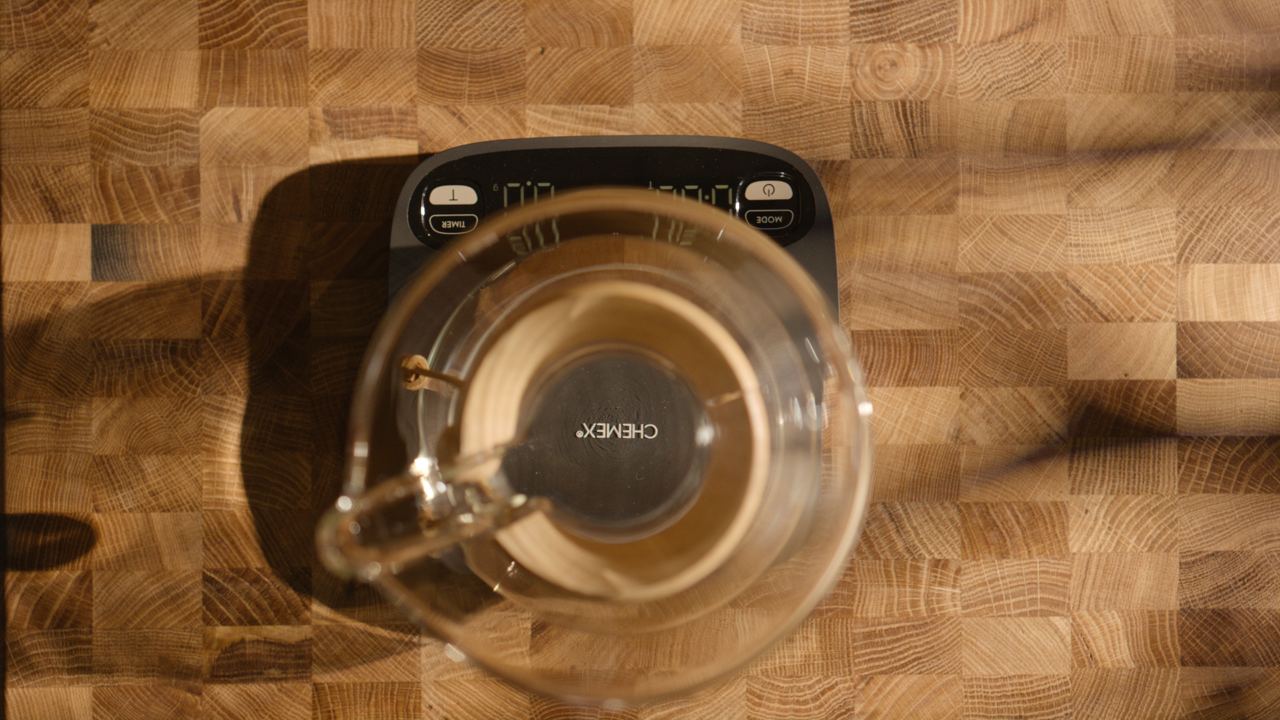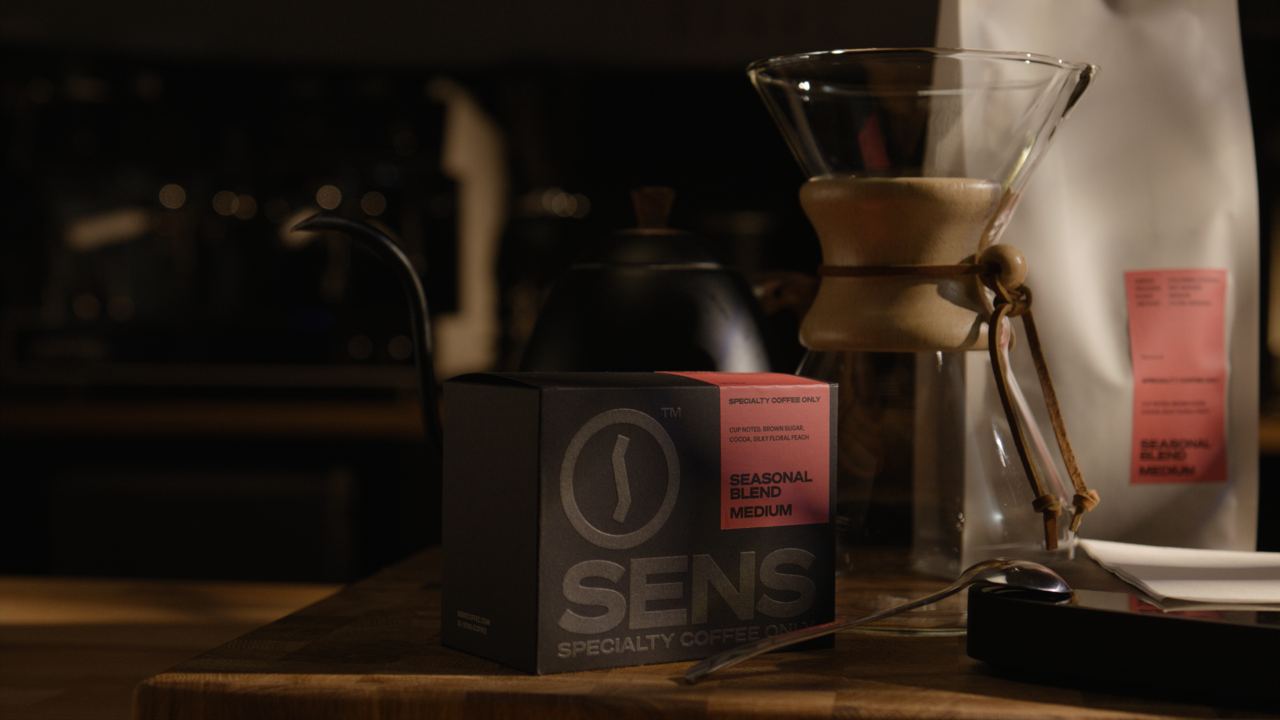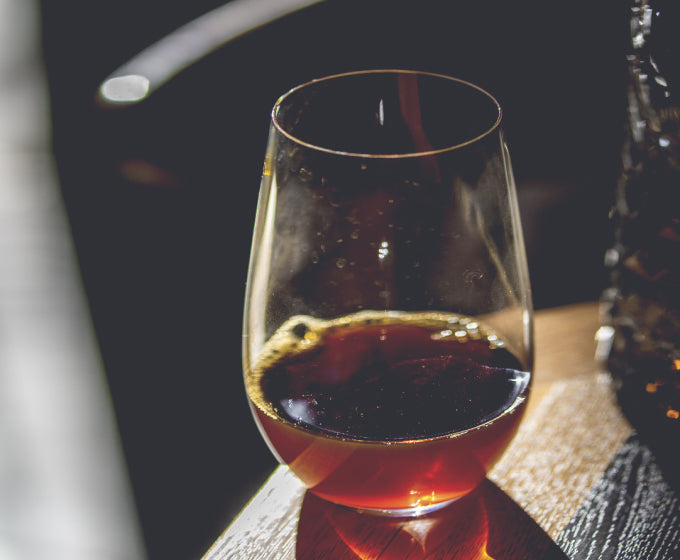January 10, 2025
For the first time, India’s coffee exports have surpassed the $1 billion mark, driven by a 29% increase in export value between April and November 2024, according to the Centre for Monitoring Indian Economy (CMIE).
Robusta demand surged as global consumption increased and buyers rushed to secure shipments ahead of the EU Deforestation Regulation (EUDR), which came into effect in December. India, already the fifth-largest robusta producer, may climb further as roasters look for cost-effective, high-quality alternatives amid rising global market prices.
Starbucks Introduces the Cortado to U.S. Menus
Starbucks has added the **cortado**—a drink traditionally made with equal parts espresso and milk—to its U.S. offerings. Known for larger-sized beverages, the coffee giant’s new 8oz cortado is twice the size of typical specialty café versions.
The addition includes a **Brown Sugar Oatmilk Cortado**, blending brown sugar syrup, cinnamon, and oat milk. While the move has garnered attention, its impact remains to be seen as the company grapples with rising costs and changing consumer expectations.
---
Other Top Headlines
- Nuclear Techniques to Authenticate Coffee Origins: Scientists from the International Atomic Energy Agency and the UN FAO are using nuclear technology to trace coffee’s geographic origins, improving authenticity and disease resistance. (Vienna, Austria)
- Luckin Coffee Expands to Hong Kong: The Chinese coffee chain opened five outlets in Hong Kong in a single day as part of its global expansion. (Hong Kong)
- Dutch Coffee Championships Kick Off: Finals for the Dutch Barista, Latte Art, and Brewers Cup Championships will take place at the Horecava trade show in Amsterdam, 13–16 January. Winners will represent the Netherlands in the World Coffee Championships later this year. (Amsterdam, the Netherlands)
New Launches and Innovations
- Nescafé Debuts Liquid Espresso in the U.S.: Made with 100% arabica beans, this instant espresso concentrate comes in black and vanilla flavors, launching February 2025. (Arlington, Virginia, U.S.)
- Peet’s Coffee Introduces Protein Lattes: Their new Vitality Menu includes protein-enriched drinks and vitamin-packed winter beverages designed to boost immunity. (Berkeley, California, U.S.)
- Ecotact Launches Valve Packaging:New hermetic bags with degassing valves aim to preserve freshness and aroma while being recyclable and reusable. (Delhi, India)
What’s Next for Coffee Auctions?
The Dubai Coffee Auction by DMCC is scheduled for 10–11 February 2025, featuring twelve renowned producers from nine countries. This hybrid event offers a global platform for connecting specialty coffee growers with international buyers.
Upcoming Events
- World Coffee Expo in Doha:** From January 23–25, the expo will showcase coffee innovations, education, and commerce, attracting professionals from around the world. (Doha, Qatar)
-Caffeine Crawl in San Diego: Set for January 25–26, the event will feature tastings, demos, and talks across 25 local coffee businesses. (San Diego, California, U.S.)
The coffee industry continues to grow and evolve, with exciting opportunities and challenges on the horizon. Stay tuned for more updates in next week’s recap!






